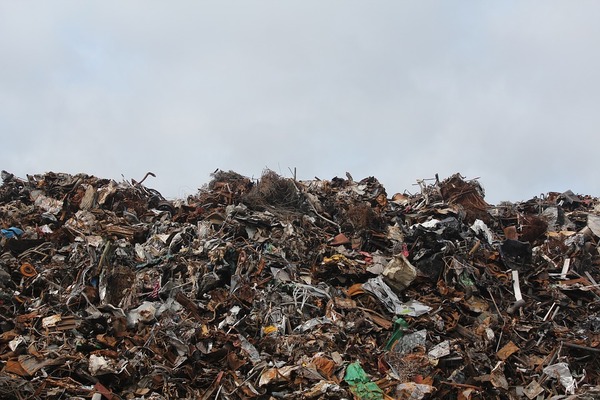Victoria University engineers are conducting what is believed to be a world-first study with City West Water that could keep tonnes of plastic, glass and tyres out of landfills.
Dr Ehsan Yaghoubi and Professor Sam Fragomeni are exploring whether blends of recycled materials with self-compacting properties could be an alternative backfill for sewer pipeline trenches.
The current practice is to use precious natural aggregates that need to be excavated, crushed and often trucked in from great distances.
The project was recently granted funding from Sustainability Victoria’s $37 million Recycling Industry Strategic Plan.
Dr Yaghoubi said that while other projects have used backfill mixes with a limited percentage of recycled materials, this project, which uses 100 per cent recycled content for the purpose, is likely a world-first.
The researchers are trialing blends of recycled tyre, plastic and glass, with glass comprising between 70 per cent and 80 per cent of the final formulation.
“Together with our collaborators, we came up with the idea of using a blend of recycled materials because we can control their compaction and density,” he said.
Dr Yaghoubi said there is a growing imperative to find new applications for recycled materials since Australia is scheduled to end its glass waste exports from next year, and its plastic, paper and tyres waste by 2024.
In addition, China has recently clamped down on accepting Australian waste imports.
“Civil engineering projects require more materials than most people realise, whether it is a road, or backfilling kilometres and kilometres of sewer trenches,” he said.
“Turning waste into a resource is more important than ever.”
City West Water has provided two site locations so the researchers can evaluate the recycled material under real-world conditions.
While the study is still in its early stages, the researchers have run geotechnical and environmental testing on various recycled blends, and plan to move to the construction and instrumentation of the trial sites in September.
They will measure and monitor the performance of two short-listed blends during rain or dry spells over 12 months using a sophisticated fibre-optic sensor to monitor ground movement and settlement.







